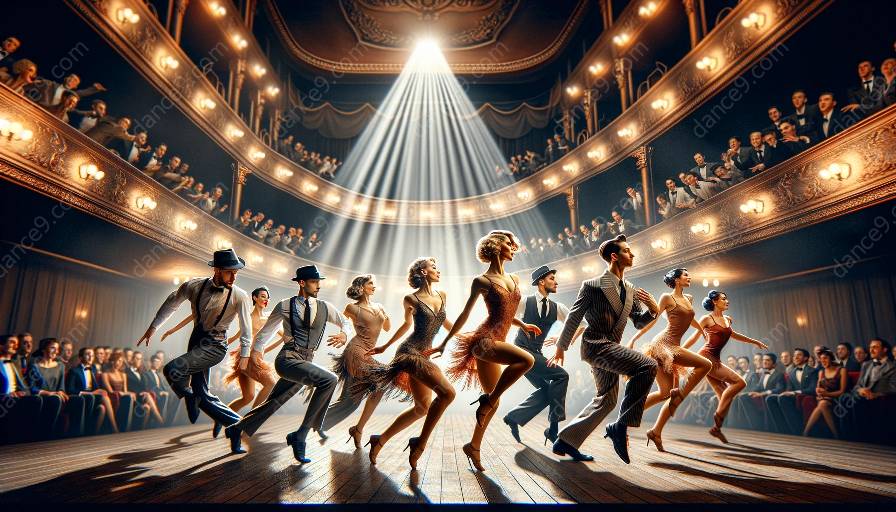Jazz dance choreography and music have long been intertwined, creating an electrifying fusion of movement and rhythm. This comprehensive guide delves into the captivating world of jazz dance, exploring its history, techniques, and the influence of music on choreography. From the birth of jazz to its evolution as a popular dance style, this topic cluster covers everything you need to know about jazz dance and its dynamic relationship with music.
The History of Jazz Dance
Jazz dance traces its origins to the African American communities of the late 19th and early 20th centuries. It emerged as a unique form of expression, blending traditional African dance with elements of European and American culture. Jazz dance became synonymous with the jazz music of the time, carrying the infectious energy and syncopated rhythms of the genre into the realm of dance.
Jazz Dance Techniques and Styles
Known for its high energy, syncopated rhythms, and improvisational spirit, jazz dance incorporates a wide range of movements and styles. From the smooth, flowing lines of contemporary jazz to the sharp, staccato movements of street jazz, the genre offers a diverse palette for choreographers and dancers to explore. The technical foundation of jazz dance includes elements such as isolations, kicks, turns, and leaps, all of which contribute to the dynamic nature of the style.
The Influence of Music on Jazz Dance Choreography
Music is an integral part of jazz dance, providing the driving force that fuels choreographic creativity. Jazz music, with its swinging rhythms and expressive melodies, sets the stage for dancers to interpret and respond to the music through movement. Choreographers often draw inspiration from the emotional and rhythmic nuances of jazz compositions, shaping their dance routines to complement and amplify the musical experience.
Exploring Jazz Dance in Dance Classes
Participating in jazz dance classes offers individuals a chance to immerse themselves in the vibrant world of jazz dance choreography and music. Students learn to embody the spirit of jazz through dynamic routines, rhythmic precision, and expressive storytelling. Whether in a formal studio setting or casual community class, the joy and vitality of jazz dance come to life in the hands of skilled instructors and passionate learners.
Conclusion
Jazz dance choreography and music share a rich history and deep connection that continue to inspire and captivate audiences worldwide. From its origins in African American communities to its present-day prominence in dance studios and performance venues, jazz dance remains an enduring testament to the power of rhythm, movement, and creative expression.













































































